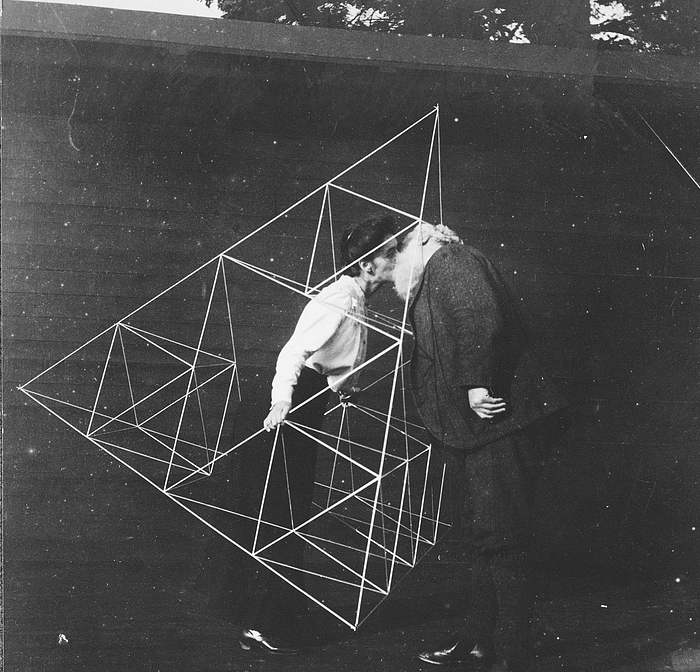Autumn is once more upon the Northern Hemisphere, that season of not only "mists and mellow fruitfulness", but as a John Keats also reminds us the season of harvest, be that vine fruits, apples, gourds or hazelnuts.
Or the architecture and design exhibitions Keats didn't mention. If, to be fair to him, they would have been largely unknown in 1819.
Unlike today; a today where after a long summer of waiting patiently, of observing from afar, and hoping, autumn traditionally presents a bountiful crop of new showcases to be consumed with gay abandon. And with plentiful thanks for the unseen work that led to their creation.
And Autumn 2022 is no exception. After a summer of growth and development and careful tendering the global architecture and design museums are once again brimming and overflowing with fresh, invigorating, nourishing delights to suit all tastes.
Our pick of the new crop in October 2022 can be found in Paris, New York, Brussels, Helsinki and Rome.......
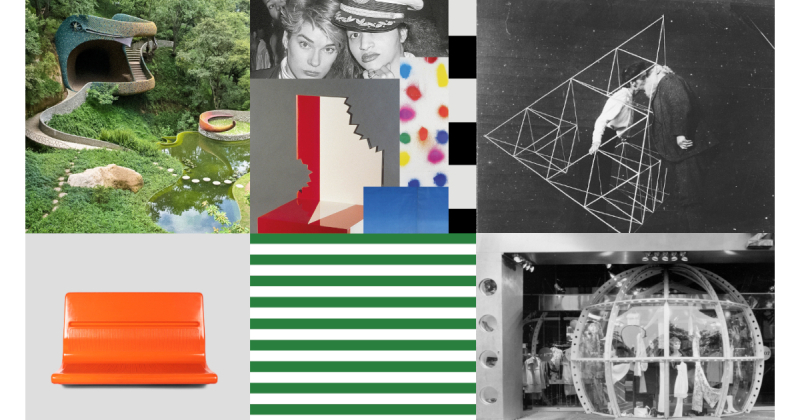
As oft discussed in these dispatches, the 1980s is amongst the more notable decades in the long (hi)story of design on the European continent. That decade when the social and cultural rebellion of the post-War decades became increasingly hedonistic, individualistic, assertive, renunciatory, autonomous, (overly) self-confident, communicative and neon, following the varied and various economic crisis of the 1970s and the subsequent rise in global economic Neoliberalism; shifts in society, culture, politics and economics that design of all genres contributed to and contradicted, resisted, in a myriad manners, and in doing so helping European society develop and evolve while itself developing and evolving in ever new directions. Before it all exploded in 1989, ushering in an age of greater calm. And rave.
Yet a decade whose design is all too often ignored, all too often denigrated as incomprehensible, defamed as a noisy mess. Or simply responded to with shoulder shrug and disparaging, "Postmodernism. What do you expect?".
With Années 80 the Musée des Arts Décoratifs, Paris, promise a wide ranging review of creativity in France in that most volatile, and informative, of decades. A review that will present some 700 works from across creative genres, by the likes of, and amongst many others, Jean Paul Gaultier, Elizabeth Garouste, Étienne Robial or Philippe Starck. A review which promises to place the works and their authors in their contemporaneous social, cultural, economic and political contexts.
And thus a review which in its depth and breadth and approach should allow for more nuanced and appreciative understandings of not only 1980s design, but the important role of design in the 1980s in building the path to, paving the way to, our contemporary design. En France. And further afield.
Années 80. Mode, design et graphisme en France is scheduled to open at the Musée des Arts Décoratifs, 107-111, rue de Rivoli, 75001 Paris on Thursday October 13th and run until Sunday April 16th. Further details can be found at https://madparis.fr
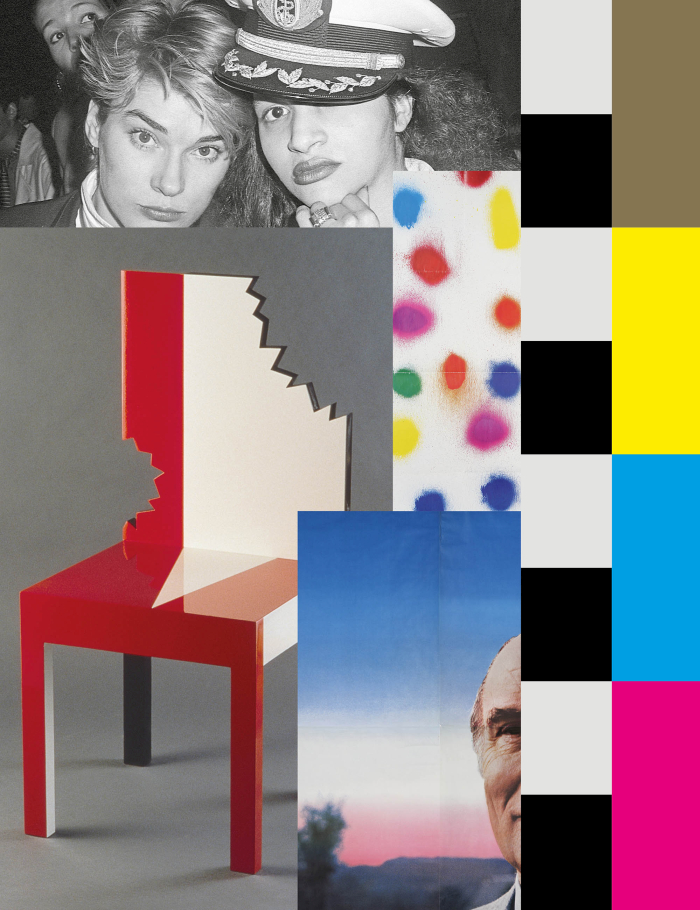
For all that the majority of us live perfectly adequately on the surface of the earth, an ongoing human fascination is living below the ground: on the hand on account of its perceived allowing for a better unity with nature, of a more harmonic co-existence with nature, and on the other as a necessity when we pollute and corrupt our environment to a degree that means living on the surface of the earth is no longer viable, possible. And thus, arguably, a living underground that exists perfectly comfortably as simultaneously utopia and dystopia.
Taking its inspiration, and title, from Bernard Rudofsky's reflections and discussions on naturally occurring and vernacular architecture, In Praise of Caves will present a myriad projects by four Mexican architects representing various aspects of and approaches to cave and subterranean living via which the Noguchi Museum aim to allow for reflection and consideration on the varied and various themes associated with cave and subterranean living, reflection and consideration on cave and subterranean living as a return to a previous epoch albeit in context of our contemporary society, a, as the curators note, back to the future approach to housing, and also reflection and consideration on the advantages and disadvantages of cave and subterranean living, on the daily utopias and dystopias of caves rather than of the utopias and dystopias that lead to cave dwelling. And thus as an exhibition In Praise of Caves should enable one to move beyond the caves of its presentation and allow for differentiated perspectives on contemporary housing and urban planning issues. And our contemporary relationship(s) with the planet whose surface we currently inhabit. Colonise.
In addition, and not irrelevantly, In Praise of Caves should also provide a very elegant reminder of the importance and relevance of Mexico in the development of architecture and design. A relevance and importance all too often overlooked outwith Mexico. A relevance and importance that for the greater majority of us all exists as if in a cave, but which is worthy of popular praise.
In Praise of Caves: Organic Architecture Projects from Mexico by Carlos Lazo, Mathias Goeritz, Juan O’Gorman, and Javier Senosiain is scheduled to open at The Noguchi Museum, 9-01 33rd Road (at Vernon Boulevard), Long Island City, New York 11106 on Wednesday October 19th and run until Sunday February 26th. Further details can be found at www.noguchi.org
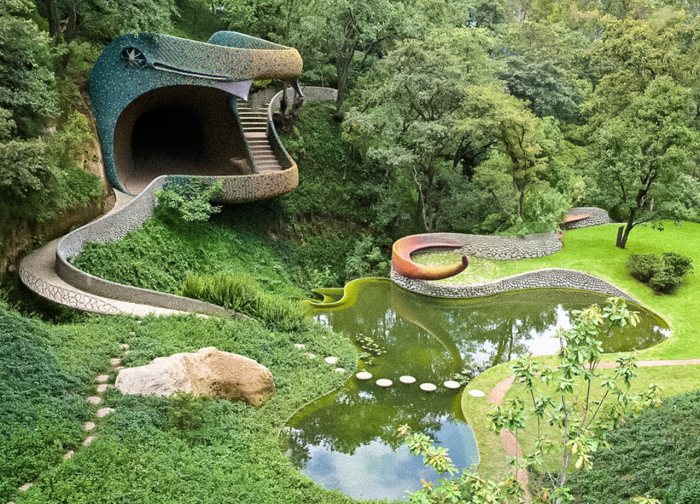
Amongst the great many things the greater many of us consciously ignore is that fact that shops are designed to encourage us to spend. And always were. Or at least were since the days of the 19th/early 20th century when shopping became a leisure activity. A way of life. I shop therefore I am. And in many regards we all consciously ignore the fact shops are designed to encourage us to spend because we're glad they are; little deflating the shopping experience more than a shop you either can't navigate, or don't enjoy navigating.
With On Display the Design Museum Brussels promise not only a presentation of shop designs from across the decades by the likes of, and amongst others, Adolf Loos, Marc Newson, Hans Hollein or the Olivetti stores, those symbiosis of spatial design and corporate design as a consolidation of brand identity, brand loyalty; but also aims to use those designs as the basis of an exploration of the relationships between store design and wider positions in design and architecture. If one so will, seeks to explore the shop as a microcosm of contemporary architecture and design, and thereby of the relationships between architecture and design and contemporary and near-future society.
And thus thereby should allow us all to better appreciate that which we pretend doesn't exist. And better understand why we miss it so much when it genuinely doesn't.
On Display. Designing the shop experience is scheduled to open at Design Museum Brussels, Belgiëplein/Place de Belgique, 1020 Bruxelles on Wednesday October 12th and run until Sunday March 5th. Further details can be found at https://designmuseum.brussels
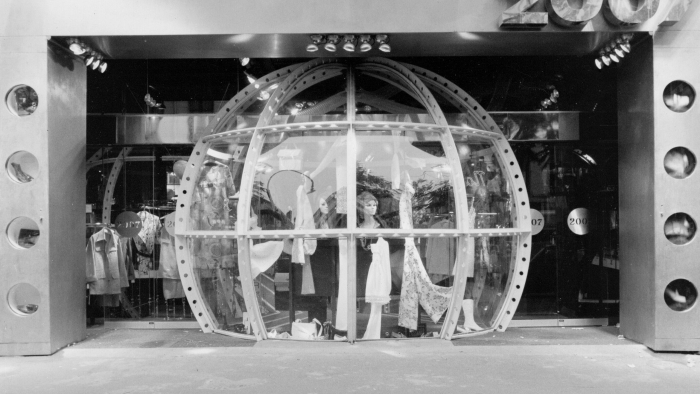
For all that design in and from Finland is dominated by the name Aalto, design in and from Finland isn't exclusively Aalto. Nor are Alvar and Aino the only professional and personal couple to have influenced and informed the development of design in and from Finland.
Design in and from Finland is also Nurmesniemi. Antti and Vuokko.
A professional and private couple whose work and relevance Designmuseo, Helsinki, aim to explore in what they refer to as the first ever joint exhibition of Antti and Vuokko's works; and therefore an important opportunity to consider the predominately interior, furniture and product design of Antti and the predominantly textile and clothing designs of Vuokko not only as the works they are, but also as components of a Nurmesniemi whole.
And also an opportunity to compare and contrast the approaches and practice of Antti and Vuokko; much as with their more famous predecessors Antti and Vuokko Nurmesniemi were very different characters, who worked in very different ways, and elucidating those differences, and how they contributed to Antti, Vuokko and Nurmesniemi should allow for reflection on the fact that partners, private or professional, needn't so much compliment one another as extend one another
But for all Antti & Vuokko Nurmesniemi is a long overdue opportunity to allow Antti and Vuokko Nurmesniemi to achieve, individually and collectively, a much wider popular acclaim than they currently enjoy, to allow their works to become more widely known than they currently are; and thereby allow them to help develop popular appreciations and understandings of design in and from Finland. Just as they developed design in and from Finland.
Antti & Vuokko Nurmesniemi is scheduled to open at Designmuseo, Korkeavuorenkatu 23, 00130 Helsinki on Friday October 28th and run until Sunday April 9th. Further details can be found at www.designmuseum.fi
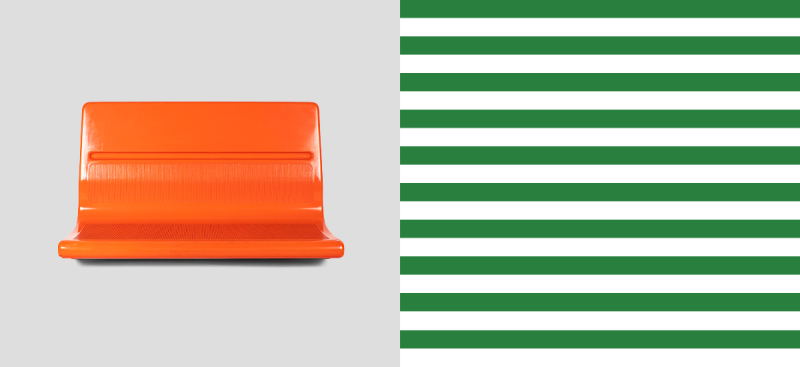
Where would contemporary architecture be without civil and structural engineers?
Exactly.
On paper.
Contemporary architecture would be dreams and visions that architects were unable to realise.
Yet how often is the contribution of civil and structural engineers to the development of our built environments publicly acknowledged?
Exactly.
It's always the architect.
With Technoscape. The architecture of engineers, MAXXI, Rome, promise to make an all too rare acknowledgment of the invaluable service of civil and structural engineers via a presentation which will both present 45 structures developed since the end of the Second World War by the likes of, and amongst many others, Iannis Xenakis, Ove Arup or, and invariably for an exhibition in Italy, Pier Luigi Nervi, and which will also explore contemporary engineering as more than just statics and materials but also as artificial intelligence, robotics and digitalisation.
And thus a presentation format which beyond helping elucidate the key role civil and structural engineers have played in the development of both architecture and also the formal aesthetics of our urban spaces, but also allow insights into how they could, will? continue to do so going forward.
And thereby also enabling a not irrelevant questioning of the future of architecture. And of architects.
Technoscape. The architecture of engineers is scheduled to open at MAXXI, Via Guido Reni, 4 A, Rome on Saturday October 1st and run until Monday April 10th. Further details can be found at www.maxxi.art
